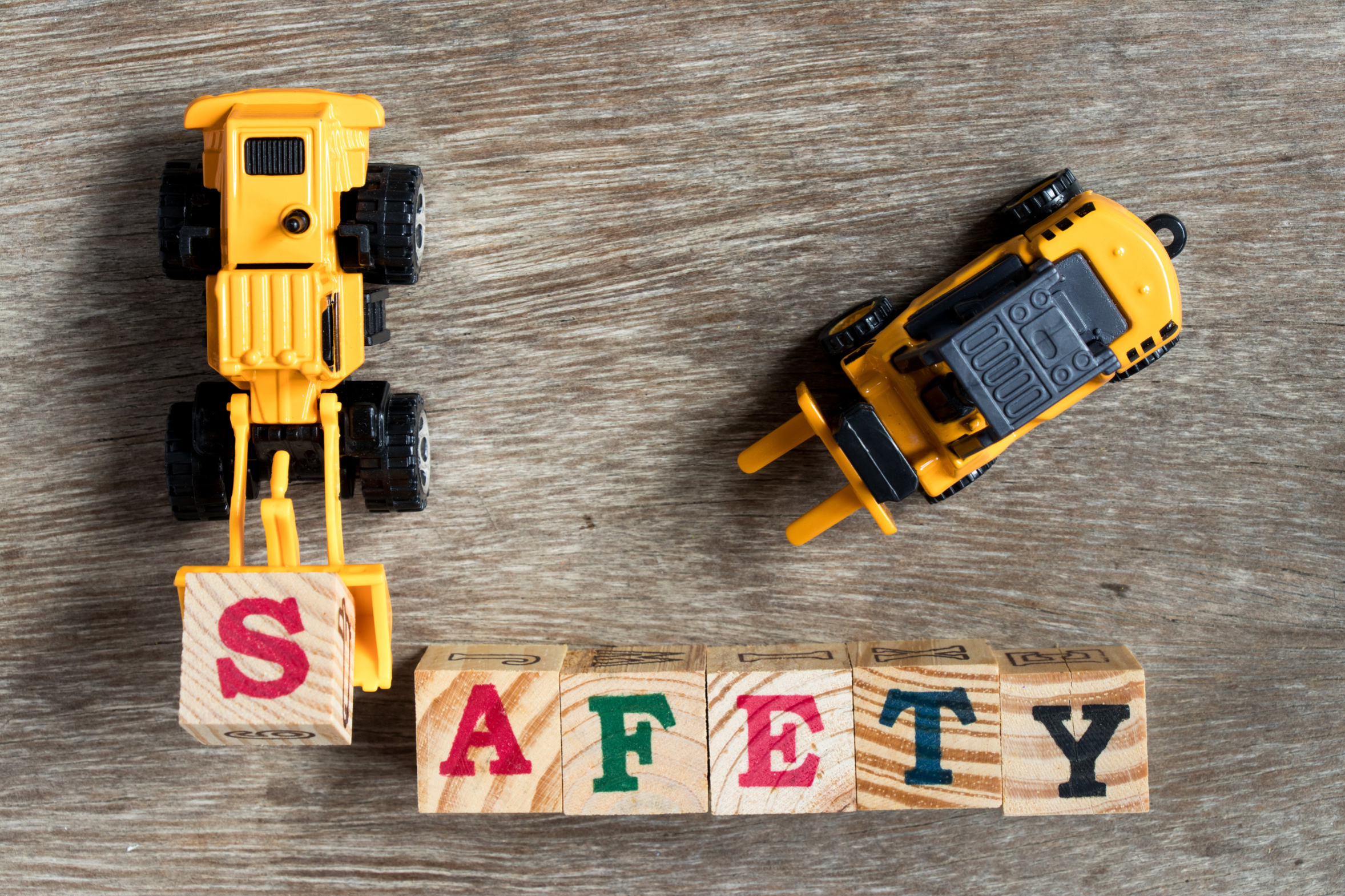Children’s toys are meant to bring joy and facilitate learning, but unfortunately, not all toys on the market are safe. In recent years, numerous reports of children’s toys have been recalled due to safety concerns such as choking hazards, toxic materials, and other potential risks. It is crucial for parents and caregivers to be aware of these potential dangers and to take steps to ensure that the toys they provide for their children are safe. This blog post will discuss some potential risks associated with certain children’s toys and provide tips for parents on choosing safe toys for their children.
Choking Hazards
One type of harmful toy to be aware of is those with small parts that can be choking hazards. Children, especially those under the age of 3, can easily choke on small toys or parts. It is essential to check the age recommendations on toy packaging and to avoid giving young children toys with small parts. Another hazard to look out for are toys with sharp edges or points that can cause injury.
Toxic Substances
Another concern with children’s toys is those that contain toxic materials. Some toys may be made with toxic substances that can be harmful if ingested or inhaled. It is important to check for certifications such as the CPSC (Consumer Product Safety Commission) seal, which indicates that a toy meets safety standards. In addition, be wary of toys with a strong chemical smell, as this can signify that they contain toxic materials. It is always better to err on the side of caution and choose safer, non-toxic options for children.
How to Choose Toys that are Safe for Children
As a parent, it is vital to prioritize toy safety when purchasing gifts for your children. Here are some additional tips when shopping for that perfect gift:
1. Pay attention to age recommendations on toy packaging. Age-appropriate toys are less likely to present a risk to young children.
2. Look for certifications such as the CPSC (Consumer Product Safety Commission) seal. This indicates that the toy has been tested and meets safety standards set by the CPSC.
3. Avoid toys with small parts that could be choking hazards, especially for young children.
4. Check for sharp edges or points that could cause injury.
5. Stay informed about recalls. The CPSC maintains a list of recalled toys on its website, and you can also sign up to receive email alerts about recalls.
Reporting Consumer Product Hazards
If you suspect that a toy you have purchased is unsafe, it is essential to report it. In the United States, you can report unsafe toys to the CPSC through their website or by calling their hotline at (800) 638-2772. You can also report unsafe toys to the manufacturer or retailer from whom you purchased the toy. In addition to reporting unsafe toys, it is essential to stay informed about recalls. The CPSC maintains a list of recalled toys on its website, and you can also sign up to receive email alerts about recalls. Staying informed about recalls and reporting unsafe toys can help protect your children and other children who may come into contact with the toy.
Injured? Our Consumer Product Personal Injury Attorneys Can Help
As a parent, you want to ensure that the toys you provide for your children are safe. Manufacturers and retailers have a responsibility to ensure their products are safe for consumer use. Don’t let the risk of an unsafe toy overshadow the joy of gift-giving. Prioritize toy safety and choose age-appropriate, certified options for your children. At The Briggs Law Firm in Ocala, Florida, we understand the importance of consumer safety and are here to help if a defective toy has injured you or your child. Contact us today for a consultation by calling 352-670-2165.

